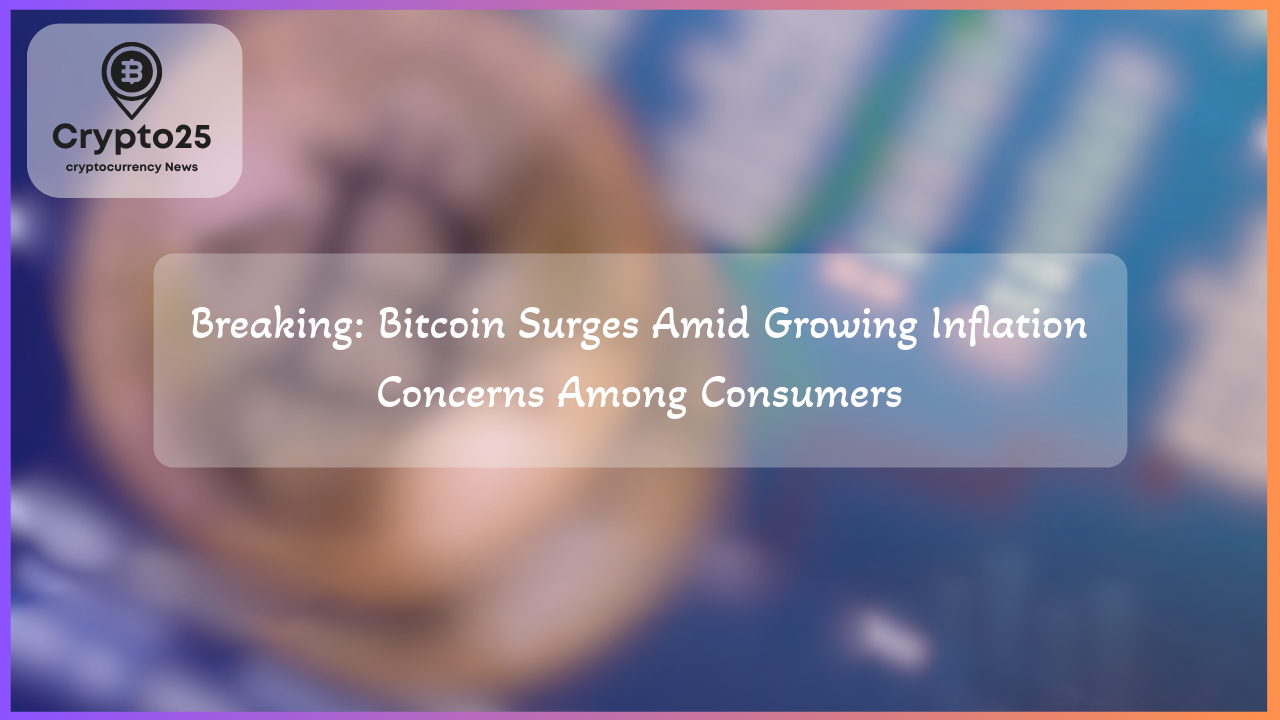
The world of cryptocurrency remains as dynamic as ever, with market shifts reflecting broader economic forces and investor sentiment. Recent developments in Bitcoin and Ethereum prices reveal the delicate interplay between macroeconomic factors, global trade decisions, and monetary policy, underscoring the volatile yet promising nature of the crypto market. Here’s an in-depth look at the latest updates shaping the cryptocurrency landscape.
## Bitcoin Price Breaks $85,000 Amid Economic Uncertainty
The price of Bitcoin soared to $85,000 earlier this week, marking a significant milestone for the leading cryptocurrency. This surge coincided with debates surrounding White House policies on tariffs and their potential impact on the global economy. Bitcoin’s 1.5% daily increase highlights its unique role as both a store of value and a hedge against macroeconomic challenges, particularly inflation worries. As market participants assess these developments, it’s clear that the cryptocurrency ecosystem continues to thrive on both investor interest and real-world economic concerns.
In parallel, Ethereum also witnessed notable gains of 3.4%, climbing to $1,650. Solana showed strong performance as well, advancing 2.4% to reach $131. These movements reflect a broader uptick in the crypto market, fueled by demand for decentralized finance (DeFi) platforms and Layer 1 blockchain networks. Despite this momentum, some experts caution that global economic variables, including tariffs and inflation, could introduce increased volatility in the weeks ahead.
## U.S. Tariffs and Their Possible Influence on Crypto
The crypto market’s latest rally was primarily triggered by the announcement of exemptions on computer chips and smartphones from impending tariffs. The U.S. administration’s decision temporarily eased concerns about how tariffs might exacerbate already heightened inflation worries. This policy shift influenced global markets, strengthening not just cryptocurrencies but also equity indexes like the Nasdaq and S&P 500, which saw modest gains.
However, clarity over the longevity of these exemptions remains elusive. President Donald Trump reaffirmed that other levies will remain in place, signaling a cautious outlook. According to a survey by the Federal Reserve Bank of New York, inflation expectations among consumers remain elevated, with many forecasting prices to rise 3.6% annually. This concern, coupled with uncertainty about employment metrics and job security, further reinforces Bitcoin’s appeal as a hedge against traditional economic pressures.
Interestingly, as central bank policies continue to adapt, the interplay between monetary ease and fiscal tightening could spur heightened activity within the cryptocurrency sector. Carlos Guzman, a research analyst at GSR, remarked that increased economic uncertainty may prompt stimulative measures, indirectly boosting crypto adoption in the medium term.
| Title | Details |
|---|---|
| Market Cap | $1.2 Trillion |
| Bitcoin Price | $85,000 |
| Ethereum Price | $1,650 |
## Crypto Volatility and Economic Stimulus: What Lies Ahead?
As anticipation builds for Federal Reserve Chair Jerome Powell’s remarks, traders are eager to gain insights into how macroeconomic conditions may evolve in the coming months. Speculation around potential interest rate cuts has created ripples across financial markets, including cryptocurrencies. While tariffs have been temporarily relaxed, the long-term impact of these trade policies remains uncertain, leaving Bitcoin and other major cryptocurrencies susceptible to fluctuating investor sentiment.
Market observers suggest that lower interest rates could be a double-edged sword for the cryptocurrency market. On one hand, cheaper capital typically drives investment into high-growth asset classes like blockchain technologies. On the other, sudden rate adjustments may heighten volatility, especially for speculative assets like crypto. Yet, many believe that Bitcoin’s fixed supply and decentralized structure offer it a unique advantage in navigating uncertain economic waters.
The broader implications of monetary policy shifts, rising inflation expectations, and consumer behavior point toward a growing intersection of traditional financial factors with crypto market trends. As Guzman noted, while short-term volatility may persist, the medium-to-long-term outlook for crypto appears resilient, especially as central banks aim for a delicate balancing act between supporting growth and controlling inflation.
In conclusion, the cryptocurrency market is dancing to the rhythm of economic headlines and global monetary decisions. Bitcoin’s rise to $85,000 is not only a reflection of increased investor demand but also a signal that cryptocurrencies are becoming increasingly intertwined with global finance. Whether driven by inflation hedging or technological innovation, the crypto sector is poised for further expansion, keeping investors and policymakers alike on their toes.
